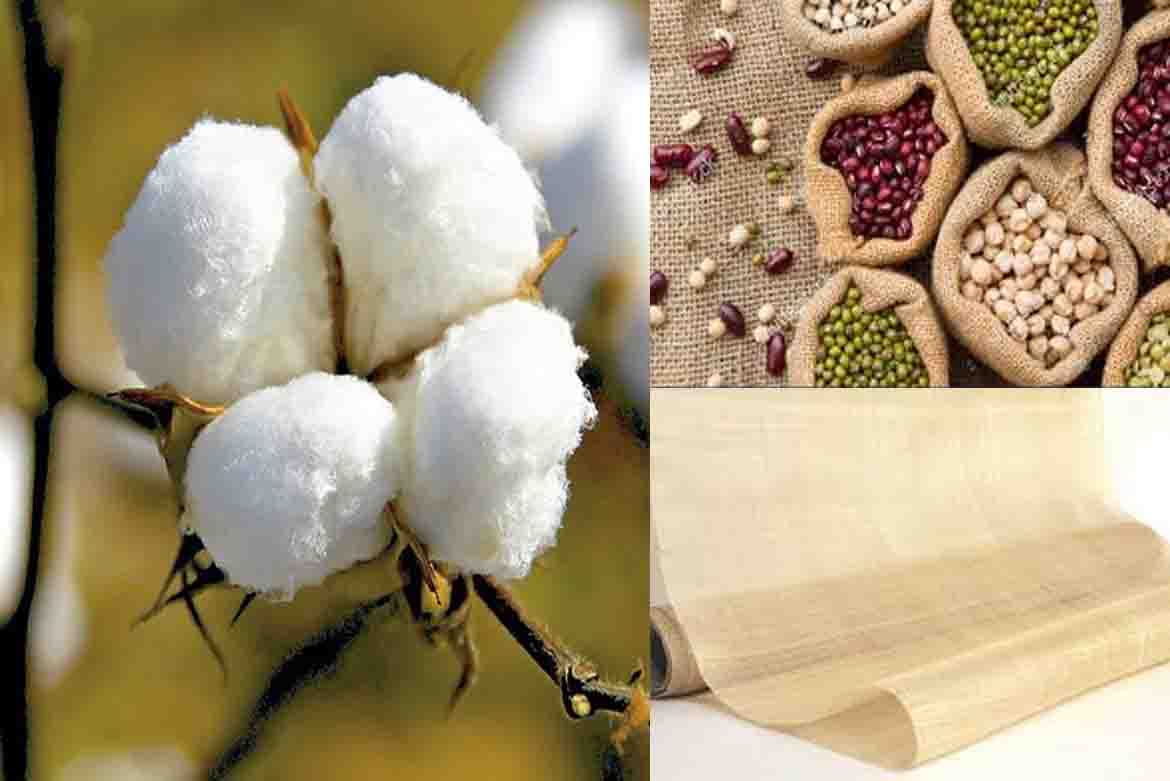
The fibers collected from the seeds of various plants are known as seed fibers. Seed Fiber is a great source of natural fiber. Seed Fibers are also known as Fruit hair Fiber. We will discuss the Seed Fiber list in this article.
You May Read: List of Bast Fiber.
What is Seed Fiber?
The seeds and fruits of plants are often attached to hairs or fibers or encased in a husk that may be fibrous. These fibers are cellulosic based fiber. We get seed fiber from the seed flows of different plants.
You May Read: Types of Vegetable Fiber.
Seed Fiber List
- Cotton Fiber
- Coconut Fiber\ Coir Fiber
- Milkweed Fiber
- Bombax Cotton Fiber
- Kapok Fiber
- Bamboo Fiber
- Akund Floss Fiber
- Bagasse Fiber
- Coffee Fiber
Cotton Fiber
Cotton is a soft fiber that grows around the seeds of the cotton plant. This fiber grows in the seed pod or boll of the cotton plant. Each fiber is a single elongated cell that is flat twisted and ribbon-like with a wide inner hollow (lumen).
- 90% cellulose, 6% moisture, and the remainder fats and impurities.
- The outer surface is covered with a protective wax-like coating which gives fiber and adhesive quality.
You May Read: Properties and Uses of Cotton Fiber.
Coconut Fiber/ Coir Fiber
Coir or coconut fiber is a natural fiber extracted from the outer husk of the coconut. It is the natural fiber of the coconut husk where it is a thick and coarse but durable fiber.
The common name, scientific name, and plant family of coconut fiber is Coir, Cocos nucifera, and Arecaceae (Palm), respectively.
The coir fiber is relatively waterproof and is one of the few natural fibers resistant to damage by saltwater. Freshwater is used to processing brown coir, while seawater and fresh water are both used in the production of white coir.
You May Read: Properties and Uses Of Coconut Fiber
Bombax Cotton Fiber
Bombax cotton Fiber is also known as tree cotton or vegetable down. The genus is best known for the species Bombax ceiba, which is widely cultivated throughout tropical and subtropical regions of the world. It is native to southern and eastern Asia and northern Australia.
You May Read: Properties and Uses Of Bombax Cotton Fiber
Kapok Fiber
Kapok Fiber/Capok fiber is one of the natural cellulosic fibers which grow on the kapok plant. We also know This fiber is also known as silk cotton because its natural luster is similar to that of pure silk. It is a seed Fiber.
You May Read: Properties and Uses Of Bombax Cotton Fiber
Coffee Fiber
Globally, coffee production is estimated to be responsible for upwards of 23 million tons of waste per year. This waste can be recycled in textiles by making Coffee fiber and fabric. (Coffee Ground Fiber Properties and Uses)
The coffee yarn or coffee fabric is multi-functional and can be used in a variety of products, from outdoor and sports performance wear to household items used every day.
You May Read: Properties and Uses Of Coffee Fiber
Milkweed Fiber
The milkweed plant produces a fiber that can be used by spinners. Milkweeds are a native perennial in North America. The seed pods produce a silky lightweight fuzz, called silk or floss. The lustrous, soft fibers are yellowish-white in color. Milkweed fibers are too brittle to spin and are used for upholstery padding.
You May Read: Properties and Uses Of Milkweed Fiber
You May Also Read:






